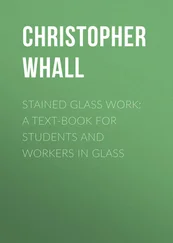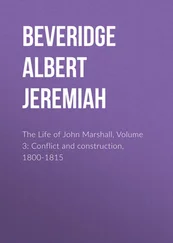Cordula Glass
Collocations, Creativity and Constructions
A Usage-based Study of Collocations in Language Attainment
Narr Francke Attempto Verlag Tübingen
[bad img format]
© 2019 • Narr Francke Attempto Verlag GmbH + Co. KG
Dischingerweg 5 • D-72070 Tübingen
www.francke.de• info@francke.de
Das Werk einschließlich aller seiner Teile ist urheberrechtlich geschützt. Jede Verwertung außerhalb der engen Grenzen des Urheberrechtsgesetzes ist ohne Zustimmung des Verlages unzulässig und strafbar. Das gilt insbesondere für Vervielfältigungen, Übersetzungen, Mikroverfilmungen und die Einspeicherung und Verarbeitung in elektronischen Systemen.
E-Book-Produktion: pagina GmbH, Tübingen
ePub-ISBN 978-3-8233-0123-3
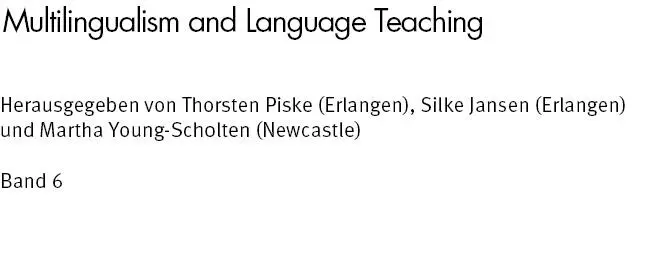
For Hannelore and Manfred Glass
Box 2.1: Entry for the lemma do from Thousand-Word English (Palmer / Hornby 1937: 43)
Box 2.2: Lexical functions of phraseological phenomena according to Mel’čuk (1995: 186)
Box 5.1: Test item from CollJudge – creative / simple variant of cook the tea / meal
Box 5.2: Code and example from the non-linguistic distractor task (Appendix I)
Box 6.1: Items of Gradual Acceptance (L1)
Box 6.4: Items with an overall tendency of receding positive evaluation (L1)
Box 6.5: CollMatch’s pseudo-collocations according pattern (L1)
Box 6.7: Items of Gradual Acceptance (L2)
Box 6.8: Items of Peaked Acceptance and Dented Acceptance (L2)
Box 6.10: Items with an overall tendency of receding positive evaluation (L2)
Box 6.11: CollMatch’s pseudo-collocations according pattern (L2)
Box 6.13: Items of Academic Rejection (L2)
Figure 1.1: Scope of this Study
Figure 2.1: Mel’čuk’s (1989, 1995) process of text production compared to de Saussure’s (1916 / 1967: 76–79) linguistic sign
Figure 2.2: Typology of word combinations (based on Hausmann 1984 and Bartsch 2004: 38)
Figure 2.3: Form and function levels of collocational construction, taking scornful tone as an example
Figure 4.1: The productivity cline according to Braðdal (2008: 172)
Figure 4.2: A stage model for the acquisition of formulaic language (Wray / Perkins 2000)
Figure 4.3: A dynamic model for the cognitive development of collocations (DMCDC)
Graph 6.1: Schematic overview of CollMatch’s collocations and pseudo-collocations evaluated by adult native speakers of English (see Appendix II for a detailed overview)
Graph 6.2: Example for Gradual Acceptance (GA) – L1 acceptability rating for drop hints
Graph 6.3: Example for Peaked Acceptance (PA) – L1 acceptability rating for meet a need
Graph 6.4: Example for Steady Acceptance (StA) – L1 acceptability rating for pull a face
Graph 6.5: Example for Academic Acceptance (AcA) – L1 acceptability rating for adopt an approach
Graph 6.6: Example for Dented Acceptance (DA) – L2 acceptability rating for make a move
Graph 7.1: Example for Preference of Established Variants (PREF) – L1 acceptability rating for pull a face
Graph 7.2: Example for Overall Acceptance (OA) – L1 acceptability rating for lend support / advice
Graph 7.3: Example for Contextual Acceptance (CONTEXT) – L1 acceptability rating for commit a crime / mistake
Table 2.1: Lexical and grammatical relations (based on Halliday 1966: 152–153)
Table 2.2: Corpus-based association measures for “Humpty Dumpty’s collocations”
Table 2.3: Categorisation of lexical word combinations according to Cowie (1983: xii-xiii) with examples from Howarth (1996:15–16)
Table 2.4: Categorisation of open collocations (Cowie / Howarth 1995: 83)
Table 2.5: List of noun collocates for scornful according to the BNC
Table 5.1: Typology of linguistic methodologies (partly based on Siyanova / Schmitt 2008)
Table 5.2: Basic contingency table for observed and expected frequencies (based on Evert 2009: 1231)
Table 5.3: Ten most frequent verb collocates for the lemma crime according to MI, z-score, t-score and log-likelihood (BNC)
Table 5.4: Distribution of participants across languages and age groups
Table 6.1: Overview of group results from CollMatch based on Gyllstad (2007)
Table 6.2: Patterns identified in CollMatch based on each L1 group’s acceptance scores
Table 6.3: Overview of items with the same acceptance pattern or a similar acceptance score in adult L1 and L2 evaluations
Table 6.4: Patterns identified in CollMatch based on each L2 group’s acceptance scores
Table 6.5: Overview of group results from CollMatch in year 5 (Germany) and year 7 (Great Britain)
Table 6.6: Comparison of group results from CollMatch in year 5 (L2) and year 7 (L1)
Table 7.1: Items in CollJudge in their four different variants (original version of each item in bold print)
Table 7.2: CollMatch results according to the four test variants of CollJudge for adult L1 and L2 participants
Table 7.3: L1 speakers’ qualitative evaluation of items with the pattern of Preference of Established Variants sorted according to age and variant
Table 7.4: L1 speakers’ qualitative evaluation of items with the pattern of Overall Acceptance sorted according to age and variant
Table 7.5: L1 speakers’ qualitative evaluation of items with the pattern of Contextual Acceptance sorted according to age and variant
Table 7.6: L1 speakers’ qualitative evaluation of items with an unclear pattern sorted according to age and variant
Table 7.7: L2 speakers’ qualitative evaluation of items with the pattern of Established Variants sorted according to age and variant
Table 7.8: L2 speakers’ qualitative evaluation of items with the pattern of Overall Acceptance sorted according to age and variant
Table 7.9: L2 speakers’ qualitative evaluation of items with the pattern of Contextual Acceptance sorted according to age and variant
Table 7.10: L2 speakers’ qualitative evaluation of items with the pattern of Contextual Influence sorted according to age and variant
Table 7.11: L2 speakers’ qualitative evaluation of items with an unclear pattern sorted according to age and variant
Table 7.12: Raw frequencies and association measures for CollJudge Items
Table 7.13: Contextual influence (Δp) on the evaluation of native and non-native speakers of English for established and creative variants within CollJudge
Very much like collocations, this book was part of a steady process of ‘creativity’, ‘construction’ and, of course, ‘change’. Many people helped me to pass through the different (and sometimes difficult) stages applied research involves. There are too many to name them all, but I am grateful for their support and feedback. Some, however, deserve a very special mention:
First, I would like to thank Professor Dr. Thomas Herbst and Professor Dr. Thorsten Piske for their valuable and constructive suggestions during all stages of this project.
I also wish to express my sincere gratitude to Dr. Christina Schelletter for helping out when help was needed the most. Furthermore, heartfelt thanks to Dr. Susanne Dyka, Dr. Carolin Ostermann, Eva Scharf and Thomas Binder for their feedback, encouragement and friendship. This book would not exist without them. I am also grateful to my colleagues as well as to all students, teachers and parents on both sides of the channel who, quite literally, provided the foundations for this project.
Читать дальше
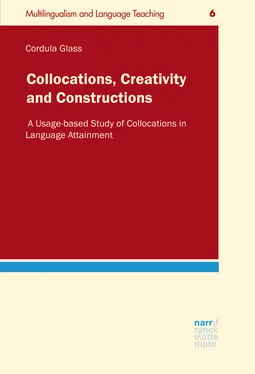

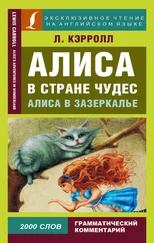
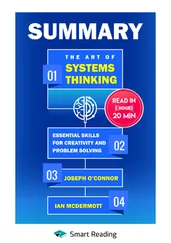

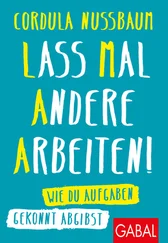
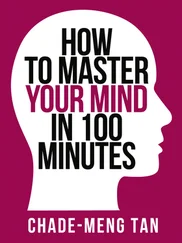
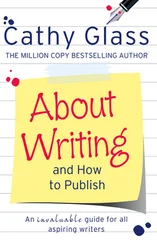

![Chade-Meng Tan - Search Inside Yourself - Increase Productivity, Creativity and Happiness [ePub edition]](/books/703803/chade-thumb.webp)

